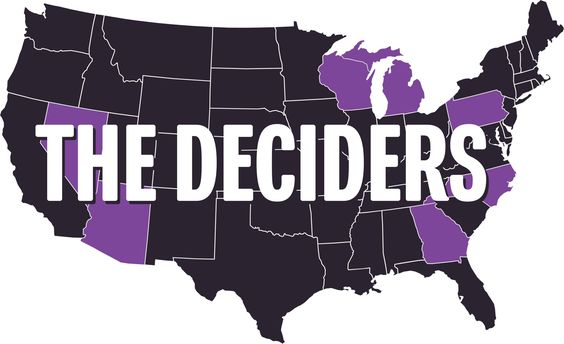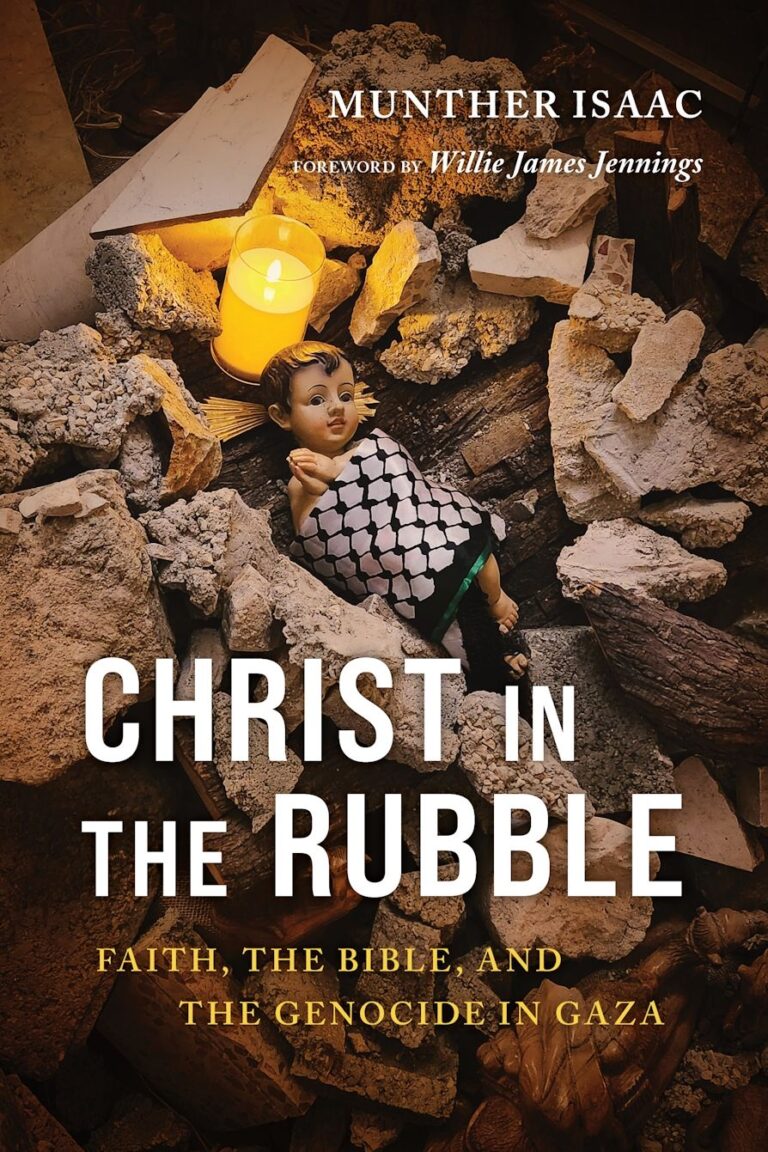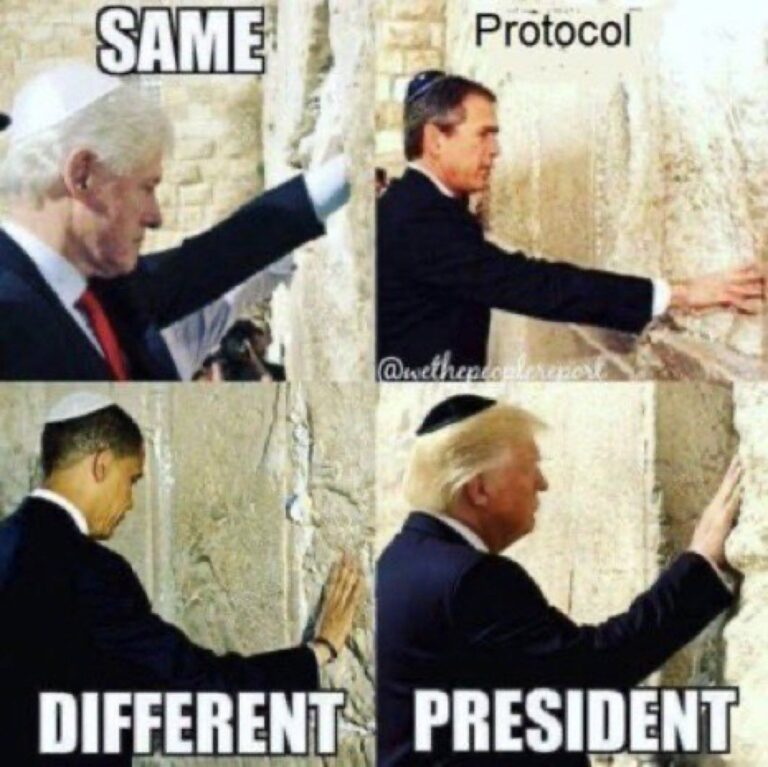
Kathryn Schumaker, University of Sydney, and Allyson Shortle, University of Oklahoma
In late September, the governor of the state of Oklahoma, Kevin Stitt, boasted that election officials had removed 453,000 people from the state’s voter rolls since 2021. In a state with only 2.3 million registered voters, it appears that roughly one in six registered voters had been purged.
While some of these people were dead or disfranchised owing to felony convictions, nearly 200,000 of them were removed for being “inactive voters”. This means they likely failed to respond to a postcard sent to their mailing address.
Voters can re-register if they were incorrectly removed, but this “voter list maintenance” process still creates a barrier to democratic participation.
Unsurprisingly, Oklahoma historically has one of the lowest voter turnout rates in the United States.
This bucks the national trend. Overall, electoral turnout has increased in presidential and midterm elections across the United States since 2018. Americans feel, now more than ever, that elections have high stakes.
And some states have made it easier to vote. Minnesota, for example, allows voters to register online or at the polls on Election Day.
In states like Oklahoma, however, voters are discouraged or demoralized by policies and laws meant to make voting difficult and time-consuming. Over the past decade, however, legislatures in these states have been emboldened by a series of Supreme Court rulings voiding key parts of the Voting Rights Act.
These states are now the new fronts in the unfinished battle to secure one of the fundamental elements of democracy—the right to vote. We’ve analyzed data on voter turnout and voting accessibility across the US and found that states restricting access the most are overwhelmingly led by Republican legislatures.
A long history of voter disenfranchisement
US elections have always been the domain of the states. And state legislatures have long wielded this power to discriminate against marginalized groups.
Before the Civil War, most states restricted the right to vote to white men. Then, in 1870, the 15th Amendment to the Constitution was ratified, which forbade states from limiting the right to vote based on “race, color or previous condition of servitude.”
In practice, however, this didn’t change things in all states. In the South, where Jim Crow laws maintained segregation in many facets of public life, lawmakers found other ways to disenfranchise Black voters.
These methods included poll taxes, literacy tests, and grandfather clauses. In some Southern states, Democrats also held all-white primaries to prohibit Black voters from participating. They claimed that political parties were private organizations not subject to the 15th Amendment.
When other methods failed, white people used violence and intimidation to discourage Black voters from showing up at the polls.
Women made gains state by state in the decades following the Civil War, though Black women in the South were disenfranchised alongside Black men. This made white women the primary beneficiaries of the 19th Amendment, ratified in 1920. This dictated that states could not withhold voting rights “on account of sex.”
It was not until the ratification of the 24th Amendment in 1964, which prohibited the use of the poll tax, and the 1965 Voting Rights Act, which outlawed the literacy tests, that American democracy could begin to live up to its name.
How states are erecting more barriers
However, even these landmark developments have not ensured voting is easy or universally accessible to all Americans.
Many states have accelerated efforts to police voting rolls and enact hurdles to civic engagement in the wake of then-President Donald Trump’s false claims of voter fraud in the 2020 election. Republican-dominated states like Oklahoma have been particularly keen to adopt restrictive policies.
According to the Center for Public Integrity, 26 states have made voting less accessible since 2020. These barriers include many tactics:
- cumbersome registration processes
- restrictive absentee and vote-by-mail rules
- reduced Election Day ballot drop box availability
- frequent and aggressive voter roll purges
- the closures of in-person polling sites.
Partisan redistricting also discourages members of minority parties from turning out on Election Day. By drawing district lines that favour one party over another, such practices can make people feel it is pointless to vote.
NEW: Low election turnout in TN linked to @TNGOP voter suppression
Report cites “racial gerrymandering” for “diluting the power of Black & brown voters” and TN’s unworkable voting rights restoration process. TN is 2nd worst state for disability access in voting.… pic.twitter.com/PNdH2IaZiW
— The Tennessee Holler (@TheTNHoller) October 9, 2024
What our research found
According to our calculations, out of the states that have made voting less accessible since 2020, most are located in the South (43%) or Midwest (31%). The data reveal the most significant losses in voting access have occurred in southern states with large populations of Black voters.
The most restrictive lawmaking has been spearheaded by Republican-dominated state legislatures, with 86% of such states passing inequitable voting barriers. In contrast, only 5% of Democratic-led states have made voting harder.
In addition, our research shows that high barriers to voting are directly related to lower voter turnout rates.
When all states are analyzed, “high barrier” states had an average turnout rate of 45.8% compared to 49% for “low barrier” states in the 2022 election, a statistically significant difference. The average turnout rate across all US states in 2022 was 46.2%.
In the South, most states (11 of 16) made voting more difficult after the 2020 election – and nearly all had voter turnout rates well below the national average in 2022. (Mississippi was the lowest at 32.5%.)
High-barrier southern states with Republican-led legislatures had an average turnout rate of 40.6%, compared to 46.2% in high-barrier, Republican-led states in other regions.
Three states in low-barrier states, meanwhile, had turnout rates above 60% – Oregon, Maine, and Minnesota. All had Democratic-majority legislatures, or in the case of Minnesota, a divided legislature and Democratic governor.
Fantastic news: the Minnesota Supreme Court dismissed a challenge to the Restore the Vote Act, which restored voting rights to 55,000 people in our state.
This is a great day for democracy. I encourage all eligible voters to celebrate by getting out and voting in our August 13… pic.twitter.com/NCuDLfFyqE
— Keith Ellison (@keithellison) August 8, 2024
States should motivate voters, not demoralize them
These policies to restrict voting accessibility, draped in the cloak of “election security,” will no doubt affect turnout in certain states in the upcoming November elections, as well.
Research shows that Americans choose to vote because they think it is their civic duty or because they believe the outcome of an election matters for their community, nation, or self.
Yet, staying home on Election Day is also rational since the chances of being the pivotal voter who decides an election are estimated at one in one million in a battleground state and much less in a non-competitive state.
With national voter turnout already low compared to other democracies, state legislatures should do what they can to motivate voters and make it easier for them to cast a ballot—not make it more difficult.![]()
Kathryn Schumaker, Senior Lecturer in American Studies, University of Sydney, and Allyson Shortle, Associate professor, American politics, University of Oklahoma
This article is republished from The Conversation under a Creative Commons license. Read the original article.




1 Comment
Pingback: How to steal an election. Gerrymandering - Bergensia